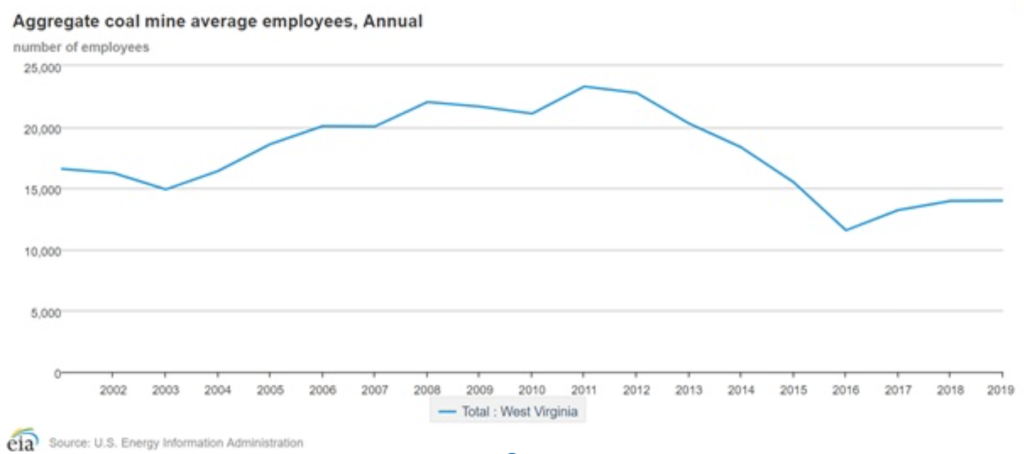Clean Electricity Performance Program would cost West Virginia $34.9 Billion
A forthcoming study from American Experiment has found that complying with the proposed Clean Electricity Performance Program (CEPP) would cost the state of West Virginia $34.9 billion through 2052, which amounts to $1,100 for each electricity customer in West Virginia every single year.
Media reports indicate that the CEPP may no longer be part of the $3.5 trillion reconciliation package due to the objections of West Virginia Senator Joe Manchin. This news is undeniably good for his constituents because the proposal would have greatly increased the cost of electricity, even if had been amended to allow carbon capture and sequestration equipment on coal plants, or allowed natural gas to substitute for coal.
Our analysis found that installing carbon capture and sequestration (CCS) equipment on existing coal plants would cost West Virginia $24 billion through 2052, the equivalent of $760 per customer, per year through that time.
American Experiment’s study also calculates the cost of substituting natural gas for coal, without requiring the carbon dioxide emitted from these power plants to be captured and sequestered. This scenario would increase costs by $6.1 billion through 2052, resulting in each electricity customer paying an additional $190 per year, every year through 2052.
Not only would the CEPP increase the cost of keeping the lights on in West Virginia, it would also harm the state’s coal mining industry, which has been hammered by low natural gas prices and Obama administration policies designed to kneecap the coal industry.

Supporters of the CEPP pretend that this policy would not increase electricity prices, but this could not be further from the truth. Replacing reliable, affordable coal plants with a combination of wind, solar, new natural gas, and transmission lines will result in a huge cost increase for West Virginia families. Our results show Senator Manchin’s opposition to the CEPP is well-founded.